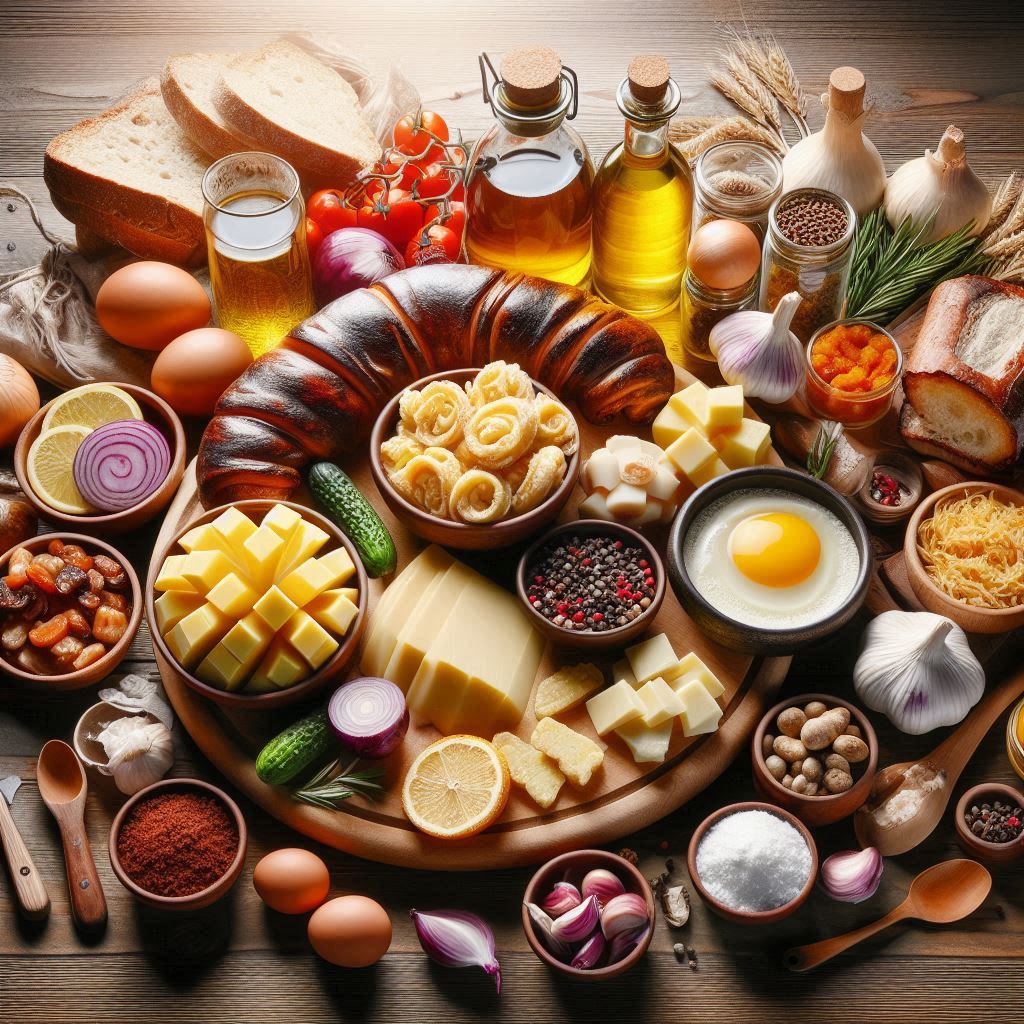[ad_1]
Beyond the famous mainstays of pierogi and kielbasa, Polish meals gives a fulfilling fashion of tastes and textures because of the truth to its wealthy records and severa affects. Certain additives that deliver Polish food its flavors and smells are vital to this culinary manner of existence. Let’s have a examine a few of these first rate components that boom Polish cookery from normal to incredible.
Wild Mushrooms
Wild mushrooms are ample in Poland’s forests and are specially valued in Polish cooking. The maximum prized kinds are the morels (smardze), chanterelles (kurki), and porcini (borowiki). These mushrooms upload deep, earthy tastes to soups, stews, and sauces; they may be regularly foraged. A conventional that competencies such mushrooms is zupa grzybowa, a thick soup that changed into historically ate up on Christmas Eve meal.Zakwas, or fermented rye flour
Polish cookery is based totally carefully on fermentation, and fermented rye flour, or zakwas, is a staple in lots of traditional dishes. żurek, a bitter rye soup, is made with zakwas and generally served with potatoes, difficult-boiled eggs, and white sausage. The soup’s distinctively acidic flavor comes from the fermenting manner, which makes it a loved consolation meals.

Poppy Seeds
Polish cakes and pastries have a selected region for poppy seeds. They are used to provide makowiec, a sweet rolling cake complete of almonds, honey, and a rich poppy seed paste. Poppy seeds are often carried out in various goodies, which includes kutia, a celebratory dessert prepared with almonds, honey, wheat berries, and dried fruit. These small seeds offer desserts an entirely new texture and a diffused nutty flavor.Cheese Quark (Twaróg)
Quark, furthermore known as twaróg, is a easy white cheese that is critical to many Polish recipes. Its pretty tart flavor makes it suitable for every savory and sweet packages. Pierogi ruskie, a well-known dish of dumplings complete of cheese and potatoes, intently is based on twaróg. It appears in Sernik as nicely.
Dill
Polish cuisine closely carries herbs, of which dill is one of the most superb. Its effervescent, faintly anise-flavored flavor goes nicely with numerous foods, which include salads, soups, and stews. Dill is a not unusual garnish for Chłodnik, a calming beet soup, which affords a colorful, herbaceous taste. Dill is likewise used to season pretty a few vegetable recipes further to seafood meals.Sauerkraut, or bitter cabbage
Polish kitchens are not whole with out sauerkraut, or bitter cabbage, that is prized for each its health benefits and tart taste. It is an important part of bigos, a traditional hunter’s stew which include clean cabbage, sauerkraut, and meats. In addition, sauerkraut is used as a facet dish, in salads, and as stuffing for pierogi, demonstrating its adaptability and particular flavor.
Caraway Seeds
In Polish cookery, caraway seeds are a staple spice that offer many dishes a hearty, especially piquant flavor. They are regularly placed to breads, like as chleb, to offer the loaves their specific fragrance. Caraway seeds add a diffused intensity that is usually Polish to the flavor of soups, stews, and pickles.

Conclusion
Polish delicacies is a fusion of unusual factors that come collectively to offer a rich, flavorful delicacies and manner of lifestyles. Every element, from the tart flavor of fermented rye flour to the earthy depth of wild mushrooms, well-known some issue approximately Poland’s rich cultural and culinary records. You would possibly respect the richness and complexity that make Polish delicacies virtually specific with the aid of way of investigating the ones specific elements.
Thanks
[ad_2]
Source link
